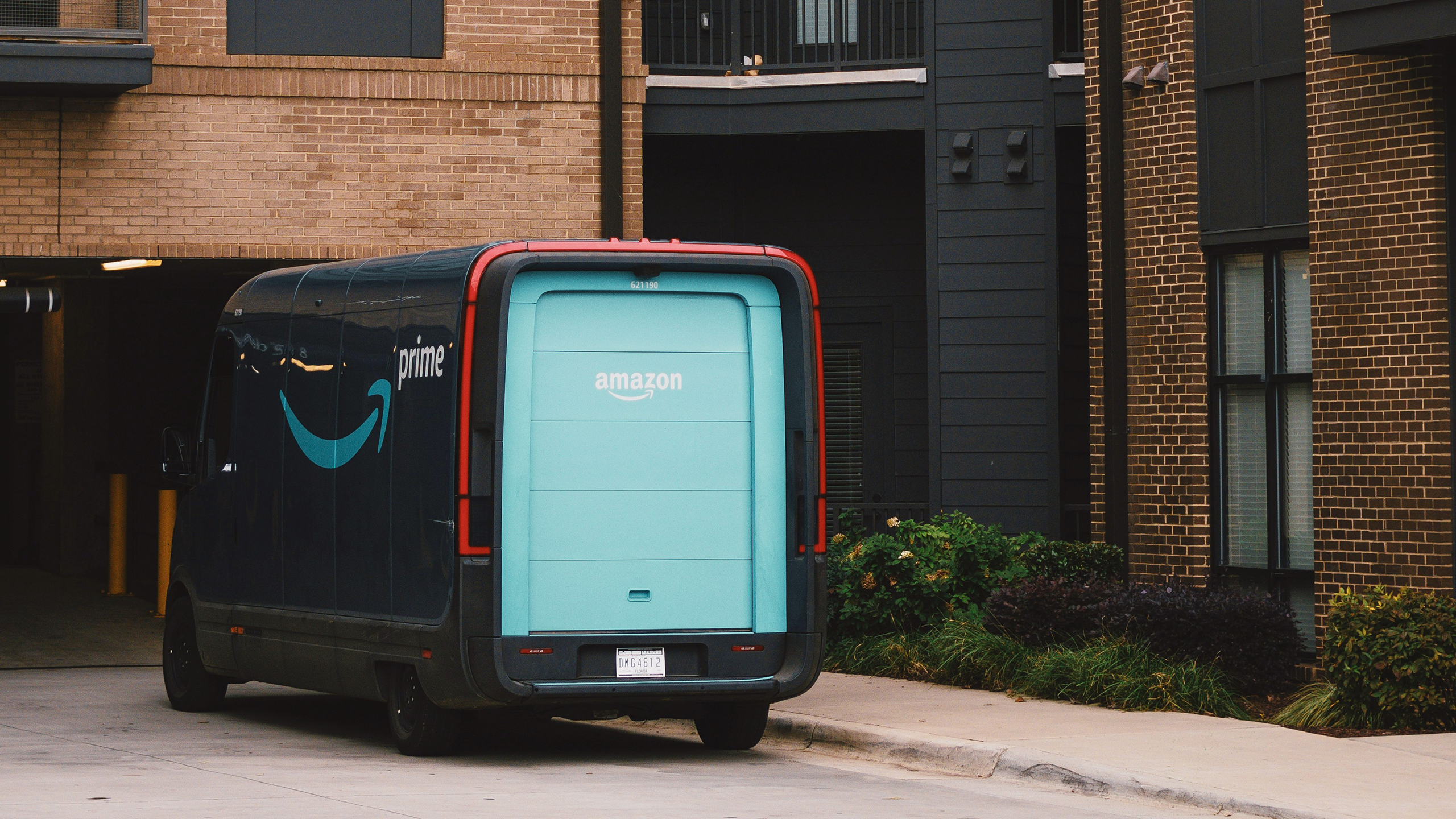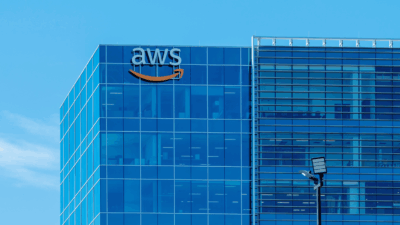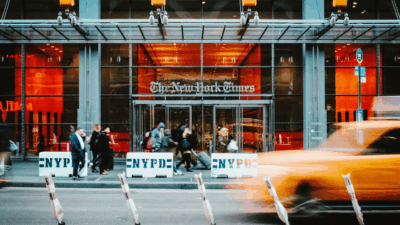Will Amazon Be a Victim of the Trade War?
Morgan Stanley estimates that about 25% of the cost of Amazon’s first-party products comes from China, making it vulnerable to tariffs.

Sign up for smart news, insights, and analysis on the biggest financial stories of the day.
For the first time ever, Amazon on Thursday set itself up to seize the crown as the world’s largest company by quarterly revenue from Walmart, which has reigned for over a decade and will report its own results later this month. But that is not to say there is peace in the kingdom.
The newly enthroned international retail king is unexpectedly caught up in the brewing trade wars in the early goings of Trump 2.0.
Shoppers Without Borders
Mexico and Canada may be off the tariff hook (for at least another month, roughly), but the Trump administration may soon open a new trade war front in Europe, and it’s still aggressively going after all manner of trade with China. So far, that’s amounted to an additional 10% general tariff on Chinese imports (which is still way less than the import tax as high as 60% that the president’s campaign previously floated). Trump 2.0 also closed the de minimis exemption, which exempted overseas shipments worth less than $800 from import duties. It was the loophole that gave rise to budget e-commerce players like Shein and Temu — as well as Amazon’s recently launched competitor service, Haul.
According to MarketPulse, nearly one-third of the 10,000 largest third-party sellers on Amazon are based in China. Meanwhile, Morgan Stanley analysts this week published a note arguing that Amazon’s first-party products face major exposure to China. Which means that all told, the world’s leading e-commerce player could be gearing up for some serious pain:
- Morgan Stanley estimates that about 25% of the cost of Amazon’s first-party products comes from China, making the company particularly vulnerable to tariffs. Amazon’s first-party merchandise accounts for a smidge under half of all products sold on the platform.
- That 25% exposure is way above the 10% exposure average for e-commerce platforms, Morgan Stanley found. Fashion retailer Revolve had the next highest, at 22%, while eBay was 11% exposed and Etsy just 3%.
Still, Amazon’s sheer scale gives it some baked in advantage, especially when it comes to the end of de minimis exemptions. “I think [the de minimis rule change] helps retailers like Walmart and Amazon more than dedicated low-cost retailers,” Greg Zakowicz, senior e-commerce expert at e-commerce marketing platform Omnisend, told The Daily Upside. “These companies meet what consumers look for in their shopping journeys: value. There could be several outcomes.”
Upstream: While Amazon’s fourth-quarter results beat expectations Thursday, it announced lower than expected guidance for the current three-month period. The company pointed to “an unusually large, unfavorable impact” from foreign exchange rates as one of the White House retaliatory tariff’s big knock-on effects, along with the strengthening of the US dollar. And to think we’re just getting started.











